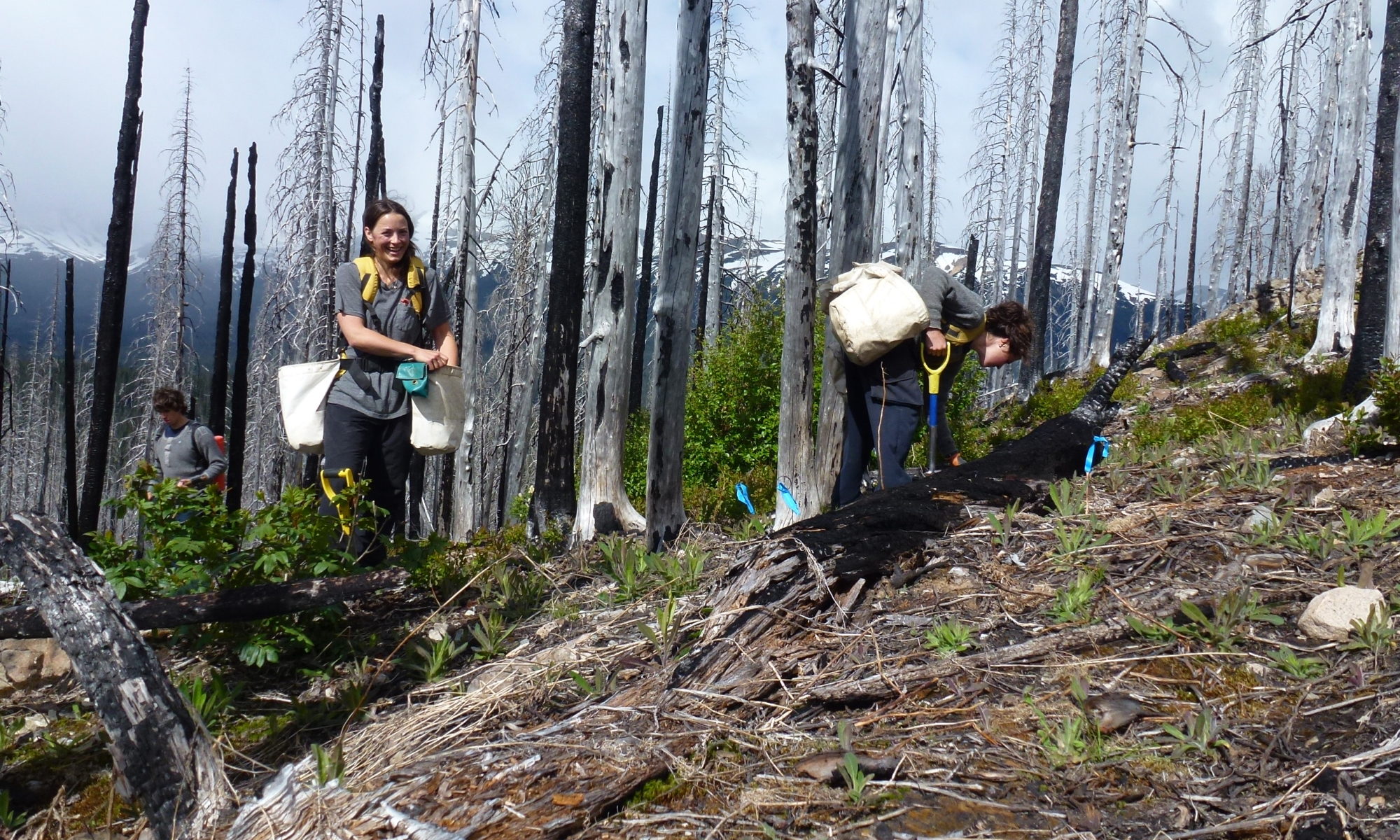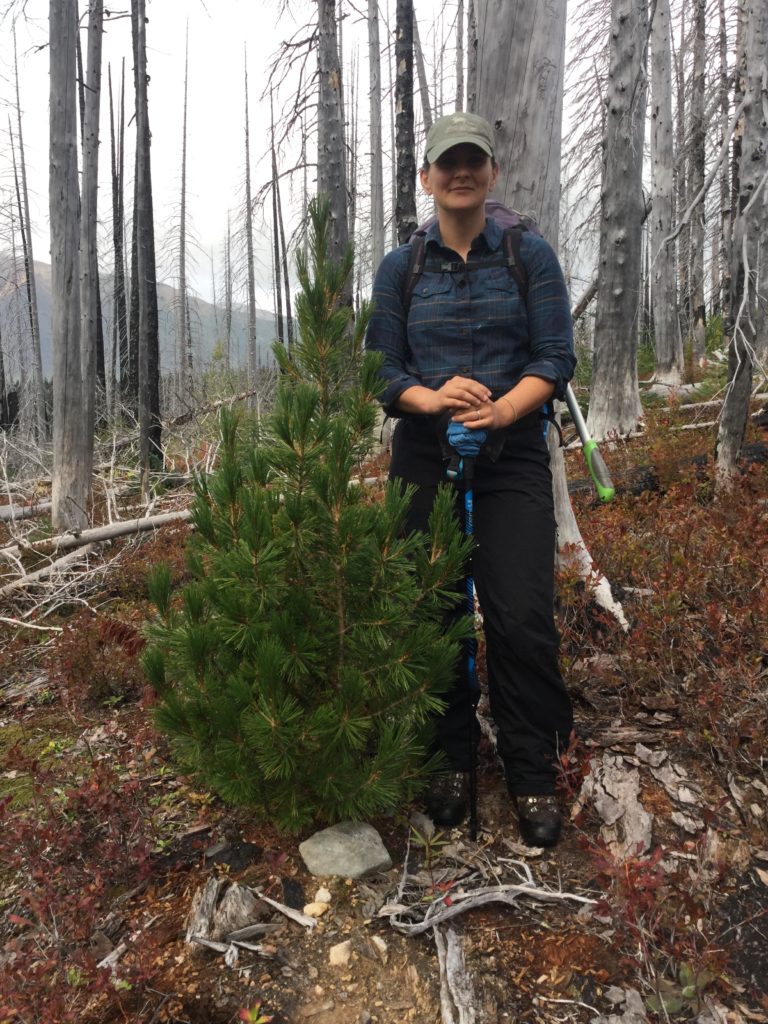TERRACE – A grant of $443,400 from the Forest Enhancement Society of BC to the Terrace Community Forest (TCF) is helping reduce greenhouse gas emissions and use wood fibre that would otherwise be burned.
The project, which got underway on June 1, 2020, will support an estimated four (full-time equivalent) jobs, through the grinding and trucking of waste wood fibre. The grant will allow TCF to ship the ground waste wood to Skeena Bioenergy’s new pellet plant in Terrace, where it will be used to manufacture wood pellets.
“One of the Forest Enhancement Society of BC’s goals is to support increased use of fibre from damaged or low-value forests,” said Doug Donaldson, Minister of Forests, Lands, Natural Resource Operations and Rural Development. “This project is a great example of how waste wood fibre can be redirected to support the production of high-quality wood pellets.”
The TCF has been thinning second-growth tree stands over the past few years within its tenure area, with white wood waste (hemlock and balsam) being brought to a processing area to be delimbed and cut to log length. About 15,000 cubic metres of hemlock and balsam were piled up to allow the wood to dry for two years. This curing period reduces the moisture content of the wood and decreases its weight, allowing more of it to be transported per truckload and lowering drying costs at the pellet plant.
TCF had stockpiled the wood waste for two years instead of burning it, hoping to find another way to utilize the fibre. The grant from the Forest Enhancement Society of BC, which is supported by the B.C. government and the federal government, will help meet that objective.
Pellet plants often mix white wood with “hog fuel”, which is an unrefined mix of coarse chips of bark and wood fibre, to produce higher-quality pellets.

Waste pile at Terrace Community Forest – Photo by Kim Haworth 
Slash piles post grind – ready for shipping – Photo by Kim Haworth
“Without this funding, we would be burning this fibre since it is otherwise uneconomical to transport it,” said Kim Haworth, general manager, TCF. “Now we can grind and store the white wood on site and supply the fibre to the pellet plant on an as-needed basis. We would rather see the fibre used, generate some revenue and provide economic, social and environmental benefits to our community.”
TCF is a company owned by the City of Terrace. It is managed by an appointed board that directs the general operation of the forest tenure. Its primary mandate is to create employment opportunities in the Terrace area, while financially supporting recreation and community groups that provide recreational activities within the Terrace Community Forest and the community.
“We are pleased to fund the Terrace Community Forest project,” said Gord Pratt, RPF, operations manager for the Forest Enhancement Society of BC. “In the long run, it will help improve future forest practices to increase fibre utilization and reduce greenhouse gas emissions by reducing the burning of residual fibre.”
To learn more, visit the BC Government website, here or the FESBC projects pages: www.fesbc.ca/projects








